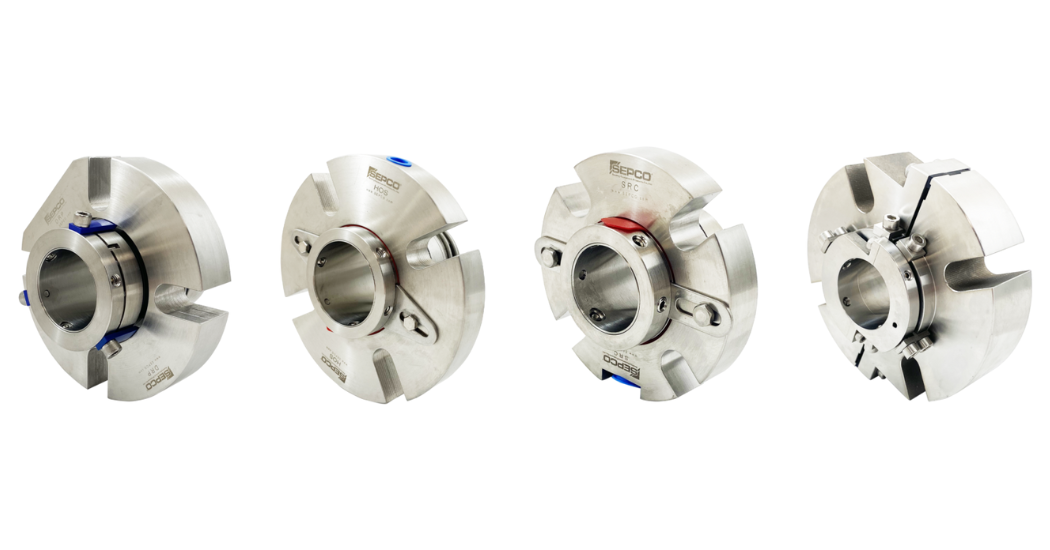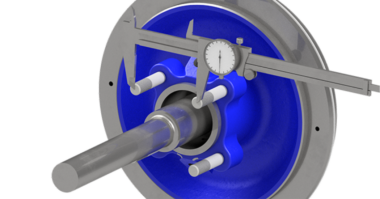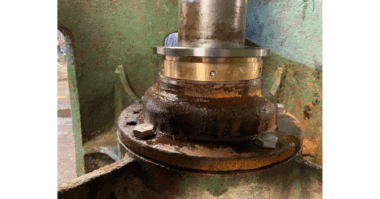Mechanical seals play a vital role in maintaining the integrity and efficiency of industrial systems. The main types to consider are single spring seals, component seals, and cartridge seals. Each type offers distinct advantages and is suited for different applications. This article delves into the unique characteristics of these seals and provides guidance on their appropriate uses.
Cartridge Seals
Cartridge seals represent a fully integrated system that includes a gland, sleeve, and all necessary sealing components, all pre-assembled into a single unit. This pre-assembly makes installation straightforward, minimizing the potential for installation errors and reducing setup time. Though they come with a higher initial cost, cartridge seals offer substantial benefits in terms of operational reliability and long-term cost efficiency. They prevent shaft sleeve wear since the secondary seal remains static. Repaired cartridge units can also perform as effectively as new ones, offering a cost-effective option for long-term applications where access to the seal might be limited.
Component Seals
Component seals are composed of separate parts: a rotating assembly, a stationary seat, and a gland that mounts the seal to the equipment. These seals require precise installation, typically necessitating skilled technicians to avoid premature failures. While component seals need more careful handling during installation, they are more economically priced both in terms of initial outlay and the cost of spare parts. This makes them a viable option for situations where expert installation is feasible and cost is a concern.
Single Spring Seals
Typically used in close-coupled pumps, single spring seals are a type of component seal that feature an open coil spring, making them suitable for non-clogging and self-cleaning operations. Their design includes fewer parts, which simplifies assembly and disassembly, thereby facilitating maintenance and repairs. Although some cartridge units employ single springs, these seals are most commonly found in simpler applications where their ease of installation and lower cost are particularly advantageous.
Choosing the Right Seal
Selecting the right mechanical seal involves considering the specific requirements of your application, including the operational environment, maintenance capabilities, and budget constraints. Cartridge seals are best for high-reliability applications where ease of installation and long-term savings are prioritized. Component seals suit facilities that have access to skilled maintenance staff and require a cost-effective solution. Single spring seals are ideal for simpler, less demanding applications where budget and ease of maintenance are key concerns.
Understanding the distinctions among these seal types not only aids in making an informed decision but also enhances the operational efficiency and longevity of your equipment.




